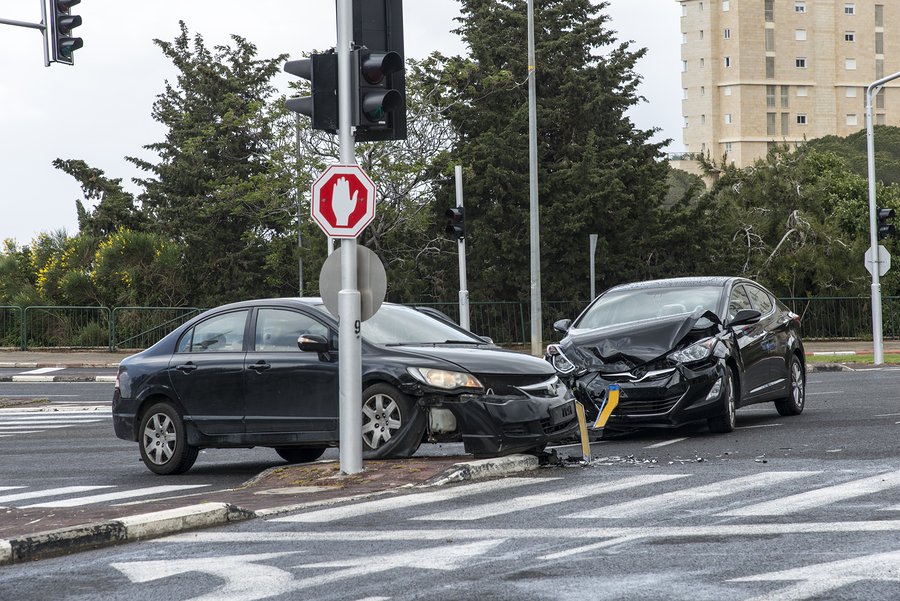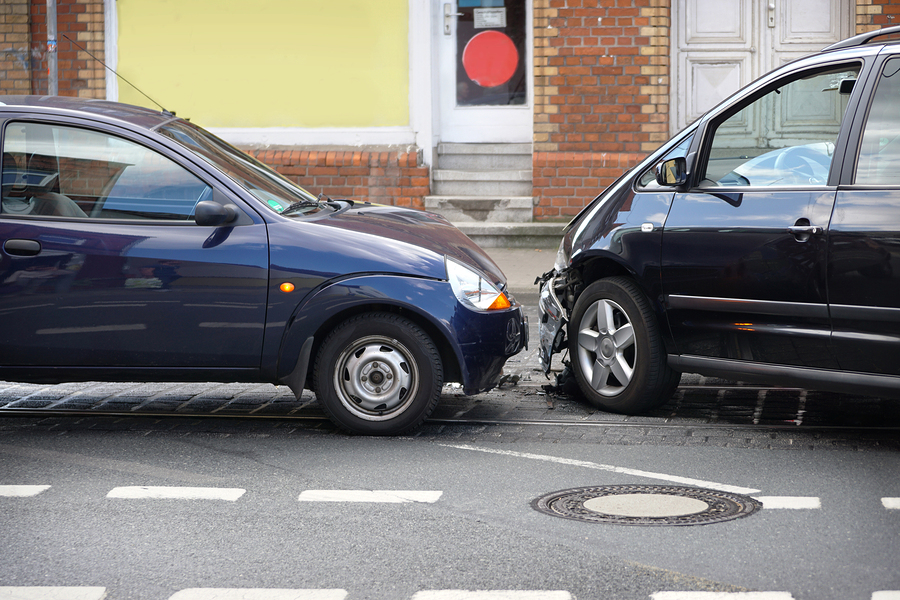When another driver crashes into your car, it quickly becomes emotionally, physically, and financially traumatic. If you find out that the other driver did not have liability insurance, it makes a difficult situation even worse. If your accident leaves you with serious injuries, you deal with the consequences, sometimes for the rest of your life.
Even if the other driver had no insurance, you must focus on your treatment and recovery. As you deal with pain, suffering, and emotional distress, you must also juggle an influx of medical bills. If your injuries cause temporary or permanent impairments, you lose income indefinitely. Unless you have unlimited financial resources, you find yourself wondering, now what?
Uninsured Drivers Are Everywhere!
Recent statistics from the Insurance Research Council show that 12.6 percent of American motorists drive without insurance. This statistic becomes most relevant when an uninsured driver injures you. As you can imagine, driving without insurance is often a financial issue. Some people simply cannot afford insurance. For others, lack of insurance is a self-imposed condition. Chronically bad driving habits lead to high-priced, often unaffordable, insurance premiums.
U.S. DOT FARS Data demonstrates how some of the worst drivers frequently appear in accident statistics. They speed, drive unlicensed, drive while under the influence, and accumulate moving violations. They often crash into other vehicles, injuring the occupants. Traditional insurance companies will not usually insure these bad drivers. If they do, they charge higher rates with added surcharges. Bad drivers often end up with no insurance or a minimum-limits policy that does not cover all of the losses they cause.
You Have Options
When an uninsured driver crashes into your car, you probably do not care why they have no insurance. You just want to know your options for paying medical bills and other injury-related damages. Often, you or a legal representative must look for answers to these questions.
Who Pays My Medical Bills?
As you manage your post-accident treatment and recovery, you need reassurance that medical bills will not bankrupt you.
In many instances, you already have optional medical bill payment resources.
- Healthcare Insurance: If you have health insurance, it pays your bills based on a contractual obligation. In most instances, you must still pay deductibles and copayments.
- Medical Payments Coverage: Auto insurers sometimes offer a Med Pay option when you purchase your auto insurance policy. It is usually a low amount, often less than $5,000, but it helps you pay amounts your health insurer will not pay.
- No-Fault Benefits: Twelve states and Puerto Rico mandate Personal Injury Protection coverage. These No-fault states include Florida, Michigan, New Jersey, New York, Pennsylvania, Hawaii, Kansas, Kentucky, Massachusetts, Minnesota, North Dakota, and Utah. The laws vary from state to state, but PIP coverage pays medical bills regardless of fault. Most PIP laws restrict your legal recovery rights against an at-fault driver. An Insurance Information Institute no-fault insurance article discusses mandatory and optional hybrid no-fault options.
What About My Lost Wages?
In states with available no-fault insurance, PIP coverage pays a portion of your injury-related lost income. If you do not live in a state with PIP wage loss benefits, ask your employers about sick pay, short-term disability benefits, or long-term disability coverage. Some insurers offer employee cafeteria plans that include optional disability benefits.
Who Pays for My Pain and Suffering?
Some states make Uninsured/Underinsured Motorist coverage optional, while others require it. If you have UM/UIM coverage, you receive compensation for medical and income losses from a personal injury settlement. A UM/UIM settlement also pays for your pain, suffering, and other general damages.
Your situation must fall within these guidelines.
- Your insurer or a court finds the other driver legally responsible for your accident.
- The negligent driver leaves the scene unidentified.
- Neither the negligent driver nor the vehicle owner has liability insurance.
- The liability insurer declines coverage or becomes insolvent.
- The negligent driver has insurance but not enough to cover your losses. (Underinsured motorist coverage)
How Does Uninsured Motorist Coverage Work?
If your insurer confirms that the other driver is negligent and does not have insurance, you become eligible for an uninsured motorist settlement. If the driver’s low policy limits do not cover all of your damage, you may qualify for an Underinsured Motorists claim.
Your insurer will not necessarily tell you that you should make a UM or UIM claim. Insurers usually explain that your policy provides all the information you need to determine coverage, duties, and claim submission requirements. You must figure it out on your own or review your coverage with a legal representative.
When making your UM or UIM claim, you must make your intentions clear. Notify your insurer by phone and in writing about your possible UM or UIM claim. Ask for instructions on their claim procedure. Most states’ Unfair Claim Settlement Practices Acts require that insurers acknowledge claim communications with “reasonable promptness.”
Your Insurer Steps Into the Liability Carrier’s Shoes
Your insurer handles your UM claim the way a negligent driver’s insurer would have handled your liability claim. A claim representative reviews the legal issues and decides fault after completing a liability investigation.
A liability claim investigation often includes:
- Your statement to document your accident version
- The responsible driver’s statement if they cooperate
- Inspection and photographs at the accident scene
- Police reports, witness statements, and other evidence
- Inspection and assessment of the damaged vehicle
UM/UIM Claims Have Inherent Conflicts
When you file an uninsured motorist claim, you and your insurer fill conflicting dual roles. You become the insured and the claimant. Your insurance company meets its duty as a first-party insurer for your property damage claims. It also becomes a liability insurer for your injury claims. Despite the adversarial liability insurer/claimant roles, you must still comply with your insurance policy terms and conditions.
Relevant policy terms include:
- Making a timely accident report
- Cooperating with the investigation
- Forwarding any legal notices or documents you receive
- Submitting to an examination under oath (statement or deposition)
- Submitting to an independent medical exam (IME)
- Authorizing the insurer to obtain medical documentation
- Notifying the insurer if you file a suit against the negligent driver
When you make a liability claim against a responsible party’s insurer, you have the option of rejecting similar requirements until you enter litigation. As insurers sometimes deny claims or decline coverage when policyholders will not cooperate, you have no choice.
You Must Settle Your UM/UIM Claim Before Your Statute of Limitations
Just as with a liability claim, you must negotiate to receive a fair UM/UIM settlement. Regardless of your insurer’s position on liability or damages, you must take definitive action before your statute of limitations runs. You must either file a lawsuit against the negligent party or settle your claim with your insurer. If you have a dispute with your insurer, you cannot file a lawsuit against the company until you have complied with all of your policy terms.
As your insurer is filling its role as a liability carrier, they will not necessarily tell you about your settlement deadline. To avoid the appearance of bad faith, some insurers simply withdraw from the conversation. Usually, you must figure out your statute of limitations on your own.
You Must Consider Subrogation
When you needed relief from overwhelming medical bills, your first-party insurers probably paid your expenses. Throughout your claim handling process, you must acknowledge and protect their subrogation/recovery rights for amounts paid out on your behalf. You must also consider their interests when you settle your claim. If you do not include subrogated insurers in your settlement funds distribution, you must pay them anyway.
Do I Need an Attorney When an Uninsured Driver Injures Me?
When you sustain injuries due to an uninsured driver, a car accident attorney will work through numerous complications for you. When you contact an attorney as soon as possible after an accident, they intervene with insurers, review your coverage, and protect your legal rights. When you schedule a complimentary consultation, you have a chance to discuss your case. You learn more about your legal rights, coverage issues, and options for making an uninsured motorist claim.


